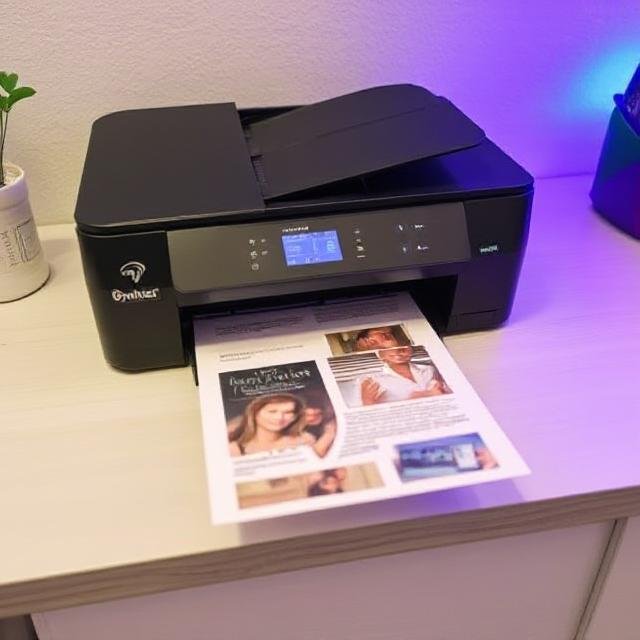How to Spot Fake LinkedIn Sales Bots (And Stay Safe Online)

How to Spot Fake LinkedIn Sales Bots (And Stay Safe Online)
LinkedIn has become one of the most powerful platforms for professionals, job seekers, and business development. But with its growing popularity comes a rising threat: fake sales bots.
These automated accounts impersonate real users and try to trick people into scams — sometimes financial, sometimes data-related. According to the FBI, fraud on professional networks like LinkedIn is a serious and growing concern.
In this post, we’ll walk you through how to identify these fake profiles and protect yourself from falling victim to their tactics.
1. Watch Out for Incomplete or Generic Profiles
Fake LinkedIn bots often have sparse or vague profiles. They may lack detailed work experience, education history, or any real personal information. Their profile pictures might be stock images, models, or even photos stolen from other websites.
If the profile looks too polished or lacks specific details, it’s a red flag. Real professionals usually build complete, credible profiles to establish trust and visibility.
2. Be Skeptical of Impersonal Messages
One of the easiest ways to spot a bot is by the message they send. Fake accounts often use generic templates with no personalization — no mention of your background, recent posts, or shared connections.
Real professionals tailor their outreach. If a message feels mass-produced or irrelevant, dig deeper before responding.
3. Beware of Over-the-Top Promises
Scammers love hype. Fake sales bots often push products or services aggressively, promising unrealistic results — fast money, instant success, or exclusive deals.
Legitimate professionals focus on building relationships and offering value, not pushing quick fixes.
4. Check for Grammar and Spelling Mistakes
While not every non-native speaker writes perfectly, many fake accounts make repeated grammar or spelling errors. If a message has multiple mistakes or just “feels off,” proceed with caution.
Real users typically take care with their communication, especially in a professional setting.
5. Think Twice Before Accepting Unknown Requests
Bots often send connection requests randomly, targeting people outside their industry or network. Always review the profile first — check mutual connections, activity, and relevance.
If the person doesn’t seem related to your field or shows little engagement, it’s safer to skip the request.
Final Thoughts
As AI makes scams more convincing, staying alert online is more important than ever. Learning to spot fake LinkedIn bots can protect you from fraud, identity theft, and other risks.
Whether you’re an individual user or managing a team, improving your digital awareness is key.
Need help training your team or boosting your own cybersecurity skills? We offer expert-led programs tailored to your needs.
Get in touch today to schedule a free consultation.





